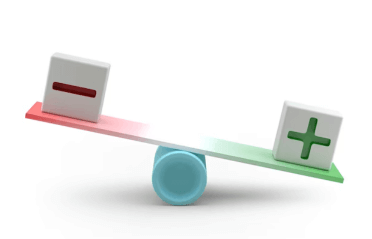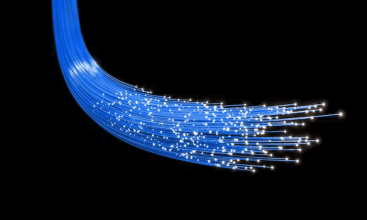Question
a.
jaw hinge
b.
shoulder
c.
hand
d.
leg
Posted under Cell Biology
Interact with the Community - Share Your Thoughts
Uncertain About the Answer? Seek Clarification Here.
Understand the Explanation? Include it Here.
Q. Articular and quadrate bones formed which of following in synapsids?
Similar Questions
Explore Relevant Multiple Choice Questions (MCQs)
Q. Theory that mitochondria and chloroplasts were prokaryotes that started living inside of eukaryotic cells is known as
View solution
Q. In which of following mallus and incus bones are present?
View solution
Q. For which of following molar teeth are used?
View solution
Q. Which of following name was given to supercontinent formed 250 million years ago?
View solution
Q. Which of following do not belong to tetrapods?
View solution
Q. Which of following is called age of reptiles?
View solution
Q. Which of following is not a part of Phanerozoic era?
View solution
Q. Humans belong in which of following epoch?
View solution
Q. How many million years old fossils of eukaryotes have been found?
View solution
Q. Event during which a large number of species go extinct is called
View solution
Q. Mitochondria and chloroplast replicate by which of following process?
View solution
Q. Another supercontinent has been expected to form in how many million years from now?
View solution
Q. How many million years ago did therapsids exist?
View solution
Q. Which of following is earth's youngest mountain range?
View solution
Q. Which of following does not belong to first three eons?
View solution
Q. For which of following incisor teeth are used?
View solution
Q. Over past 1.5 billion years how many times a supercontinent has been formed?
View solution
Q. Which of following is most likely to be genetic material?
View solution
Q. How many million years ago did late cynodonts exist?
View solution
Q. Layered rocks formed when prokaryotes bind thin films of sediments together is called
View solution
Recommended Subjects
Are you eager to expand your knowledge beyond Cell Biology? We've handpicked a range of related categories that you might find intriguing.
Click on the categories below to discover a wealth of MCQs and enrich your understanding of various subjects. Happy exploring!








